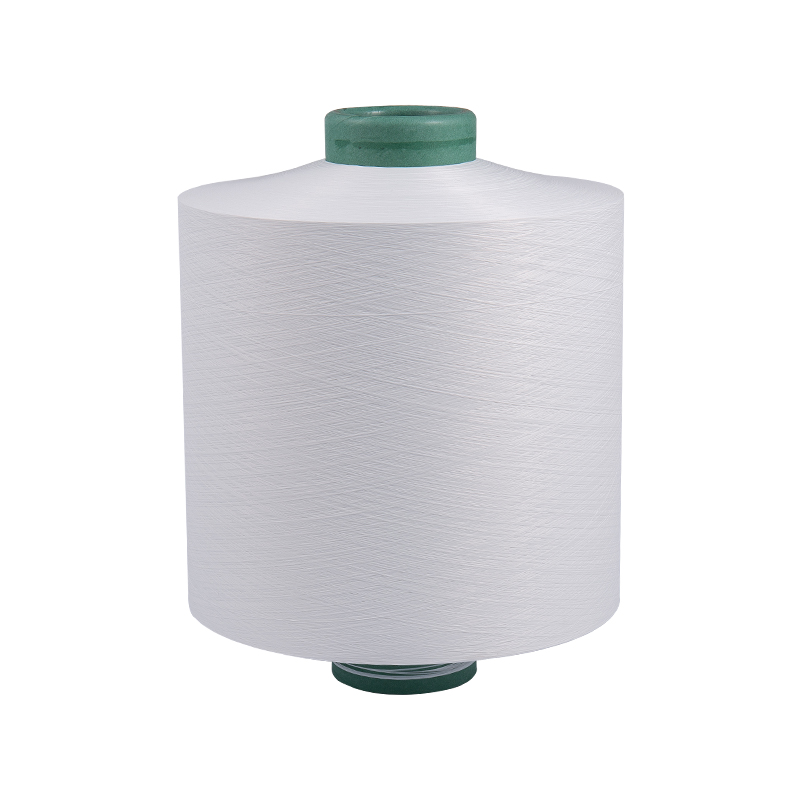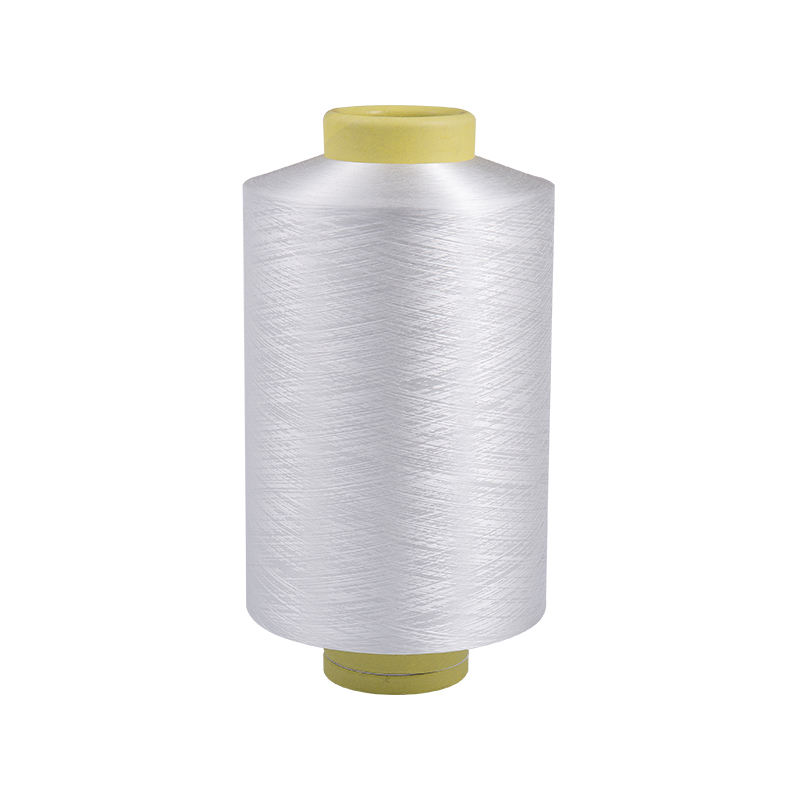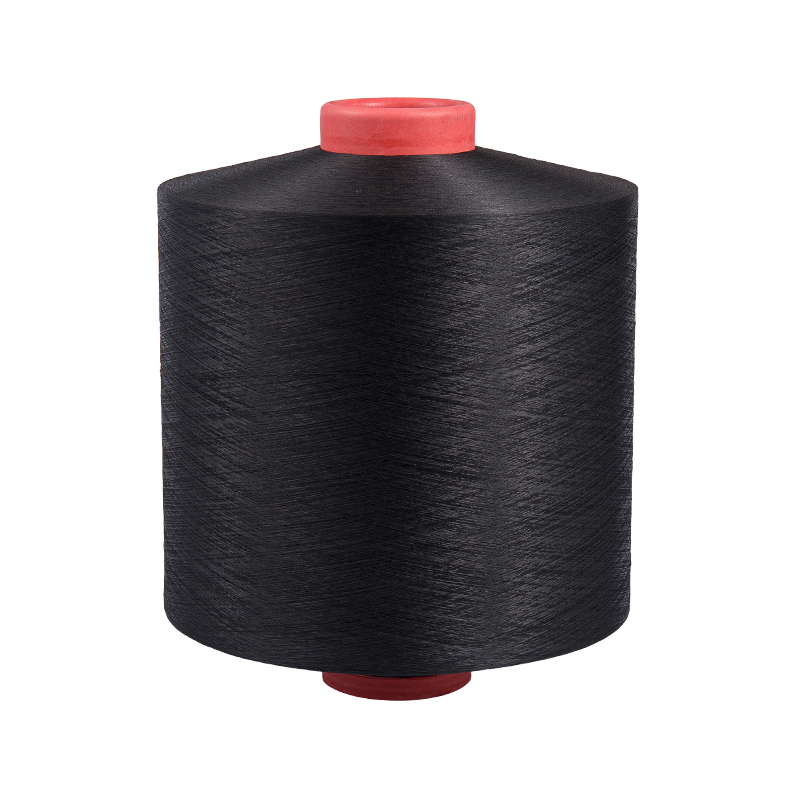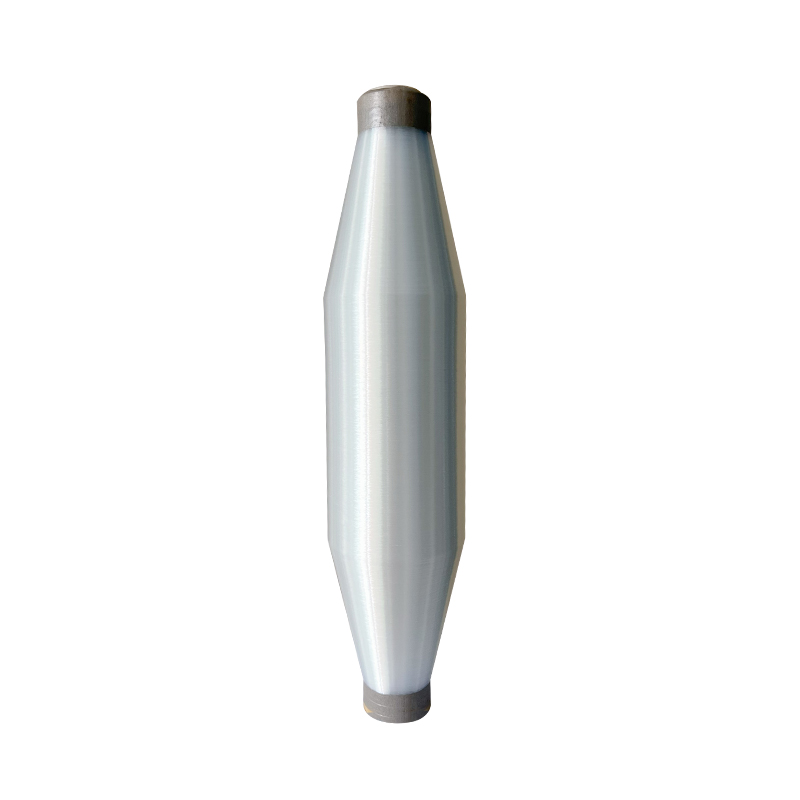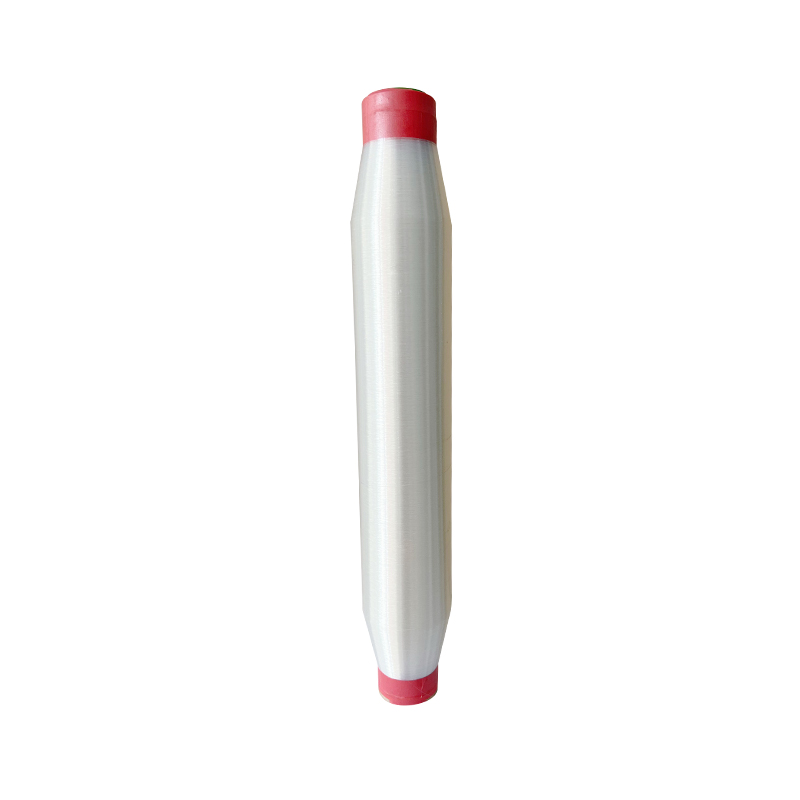What innovations are being introduced in the production of polyester chenille yarn to improve its strength, softness, or eco-friendliness?
2025-04-30
Several innovations are being introduced in the production of polyester chenille yarn to improve its strength, softness, and eco-friendliness, in response to both consumer demand for higher-quality products and growing environmental concerns. Here are some of the key advancements:
Content
- 1 1. Enhanced Fiber Blends
- 2 2. Microfiber Polyester
- 3 3. Eco-friendly Dyeing Techniques
- 4 4. Biodegradable Polyester
- 5 5. Softening Treatments
- 6 6. Sustainable Sourcing of Polyester
- 7 7. Advanced Spinning Techniques
- 8 8. Nanotechnology for Enhanced Performance
- 9 9. Texturizing Polyester Yarn
- 10 10. Water-Repellent and Stain-Resistant Finishes
- 11 11. Sustainable Packaging and Reduced Waste
1. Enhanced Fiber Blends
Manufacturers are experimenting with blending polyester with other fibers such as recycled polyester, cotton, or bamboo. These blends aim to improve the overall performance of the chenille yarn by combining polyester’s durability with the softness and breathability of natural fibers. This also results in a product that is softer to the touch, while maintaining the strength and resilience that polyester is known for.
-
Recycled Polyester: By using recycled PET bottles or other post-consumer materials, producers can reduce the environmental impact while maintaining the strength and performance of the yarn. Recycled polyester chenille yarn is becoming more common in eco-conscious textile markets.
2. Microfiber Polyester
Incorporating microfiber polyester into chenille yarn production has led to significant improvements in softness. Microfibers are extremely fine fibers that contribute to a smoother and more luxurious feel. They also increase the yarn’s ability to trap air, which can add to the softness and provide better insulation, making it ideal for applications like home textiles and soft furnishings.
3. Eco-friendly Dyeing Techniques
One of the most significant innovations in polyester chenille yarn production is the development of eco-friendly dyeing processes. Traditional dyeing methods often involve harmful chemicals and large amounts of water, but newer techniques aim to reduce these environmental impacts:
-
Waterless Dyeing: Technologies like the air-dyeing method, which uses air instead of water for dyeing, are being explored to reduce water consumption in the textile industry. This is especially beneficial in the dyeing of polyester, as it requires less water and energy.
-
Digital Printing: Digital textile printing offers more precise color application and less waste, making it an eco-friendly alternative to traditional dyeing methods.
4. Biodegradable Polyester
A more recent innovation in polyester yarn production is the development of biodegradable polyester fibers. These fibers are designed to break down more quickly in the environment compared to conventional polyester, which can take hundreds of years to decompose. While still in the research and early production phases, biodegradable polyester could significantly reduce the environmental footprint of polyester chenille yarn.
5. Softening Treatments
Manufacturers are incorporating softening agents and nano-technology treatments into the production process to enhance the tactile feel of polyester chenille yarn. These treatments can increase the yarn's smoothness and softness without compromising its strength. Additionally, some of these treatments are designed to be non-toxic and eco-friendly, making the yarn more suitable for sustainable production.
6. Sustainable Sourcing of Polyester
To further improve the eco-friendliness of polyester chenille yarn, companies are increasingly focusing on sustainable sourcing of raw materials. This includes using renewable energy sources for production processes, reducing carbon emissions, and sourcing polyester from more sustainable suppliers. Some manufacturers are also turning to bio-based polyester, which is derived from renewable plant sources, rather than petroleum-based sources.
7. Advanced Spinning Techniques
Modern spinning technologies, such as air-jet spinning and rotor spinning, allow for the production of polyester chenille yarn that is not only stronger but also softer. These techniques create a finer, more consistent yarn with fewer imperfections, contributing to both strength and smoothness. In some cases, air-jet spinning also allows for faster production and reduced energy consumption during manufacturing.
8. Nanotechnology for Enhanced Performance
Nanotechnology is being increasingly applied in the textile industry to improve yarn properties at the microscopic level. For polyester chenille yarn, nanotechnology can be used to:
-
Improve abrasion resistance, making the yarn more durable and long-lasting.
-
Increase moisture-wicking properties, making the yarn more breathable and suitable for garments.
-
Enhance antimicrobial properties, making it more hygienic and resistant to bacteria and odors.

9. Texturizing Polyester Yarn
Texturizing techniques, such as false-twist or air-texturing, are being employed to add volume and softness to polyester chenille yarn. These processes create a yarn that is fluffy and soft to the touch, resembling the feel of natural fibers while still retaining the strength and durability of polyester.
10. Water-Repellent and Stain-Resistant Finishes
Some polyester chenille yarns are being treated with water-repellent or stain-resistant finishes, making them more suitable for high-performance applications like upholstery or outdoor textiles. These treatments protect the yarn from moisture and stains, which is especially important for home décor products such as cushions and curtains.
11. Sustainable Packaging and Reduced Waste
To address the broader environmental impact of polyester chenille yarn production, companies are adopting sustainable packaging solutions and reducing waste throughout the production process. This includes using recyclable packaging materials and implementing zero-waste practices in manufacturing facilities.




 English
English 中文简体
中文简体 Español
Español عربى
عربى

